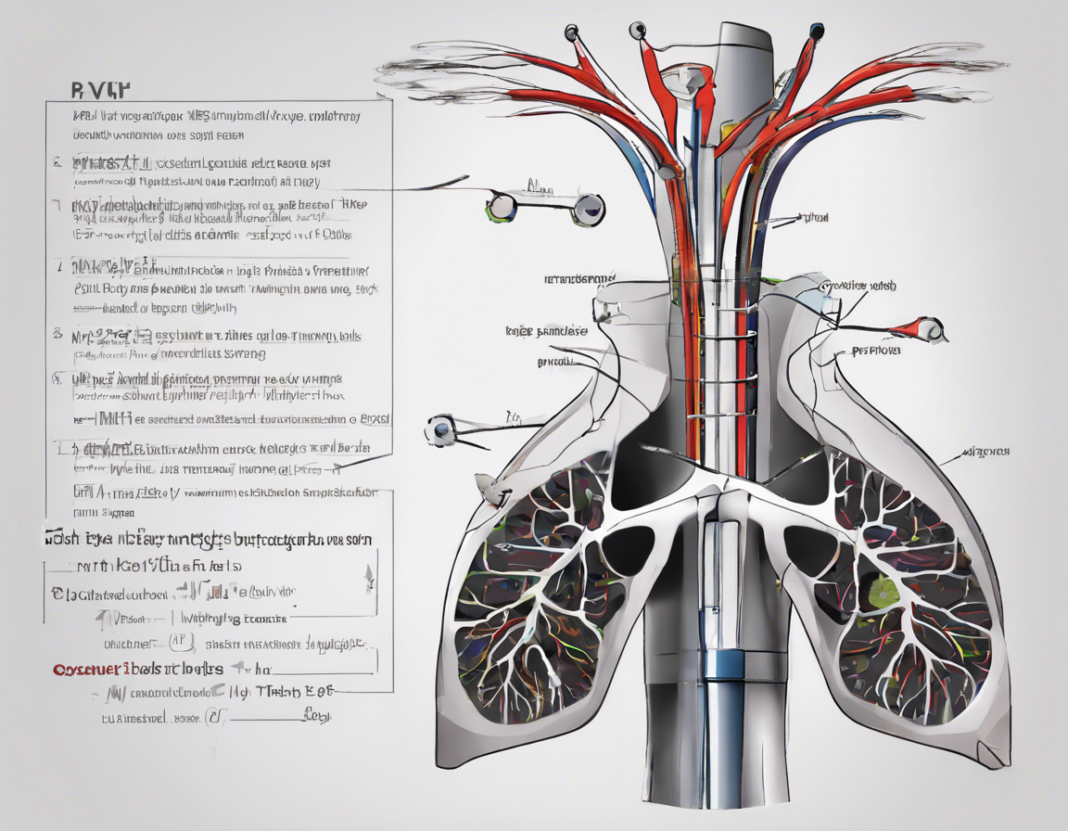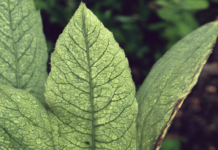Throughout the natural world, plants play a vital role in sustaining life on Earth. One of the key components that allow plants to grow, develop, and reproduce effectively is the stem. In this comprehensive guide, we will explore the significance of stems in plants, their structure, functions, and the different types of stems found in the plant kingdom.
Structure of Stems
Stems are an essential part of a plant’s anatomy, serving as the main axis that supports leaves, flowers, and fruits. They are usually found above ground, connecting the roots to the leaves, and are responsible for transporting water, minerals, and nutrients throughout the plant. The basic structure of a stem consists of several key elements:
1. Epidermis: The outermost layer of the stem, which acts as a protective barrier against pests, diseases, and water loss.
2. Cortex: The region beneath the epidermis, which stores nutrients and provides structural support to the stem.
3. Vascular Tissue: This includes the xylem and phloem, which are responsible for transporting water and nutrients throughout the plant.
4. Cambium: A layer of cells that are responsible for the growth and development of the stem.
5. Pith: The central region of the stem, which stores and transports nutrients within the plant.
Functions of Stems
Stems perform a variety of crucial functions that are essential for the overall growth and development of plants. Some of the primary functions of stems include:
-
Support: Stems provide structural support to the plant, allowing it to stand upright and bear the weight of leaves, flowers, and fruits.
-
Transport: Stems facilitate the transport of water, nutrients, and other essential substances between the roots and the leaves.
-
Storage: Stems store various nutrients, such as carbohydrates and proteins, which are essential for the plant’s growth and survival.
-
Photosynthesis: In some plants, stems are involved in the process of photosynthesis, producing energy for the plant.
-
Reproduction: Stems play a role in asexual reproduction, allowing plants to propagate through methods such as cloning and budding.
Types of Stems
There are several different types of stems found in the plant kingdom, each adapted to different environments and serving various functions:
1. Herbaceous Stems: These are soft, green stems found in herbaceous plants. They are flexible and usually die down at the end of each growing season.
2. Woody Stems: Found in trees and shrubs, woody stems are hard and rigid, providing long-term structural support to the plant.
3. Rhizomes: These are underground stems that grow horizontally, producing roots and shoots at various intervals. Examples include ginger and iris plants.
4. Runners: Also known as stolons, runners are stems that grow horizontally above the ground, producing new plants at nodes along the stem. Strawberries are a common example of plants that spread via runners.
5. Tubers: Tubers are thick, underground stems that store nutrients and allow plants to survive adverse conditions. Potatoes are a well-known example of tuberous plants.
Importance of Stems in Plant Growth
Stems are critical for the overall growth and development of plants, playing a crucial role in various physiological processes. Some key points highlight the importance of stems in plant growth:
-
Vertical Growth: Stems allow plants to grow vertically towards the sunlight, maximizing their exposure to light for photosynthesis.
-
Nutrient Transport: Stems transport water and nutrients from the roots to the leaves, where they are used for photosynthesis and other biochemical processes.
-
Support: Stems provide structural support to the plant, ensuring that it can stand upright and bear the weight of leaves, flowers, and fruits.
-
Reproduction: Stems play a role in asexual reproduction, allowing plants to propagate and colonize new areas efficiently.
-
Adaptation: Different types of stems have evolved to help plants adapt to diverse environments, such as arid regions or waterlogged soils.
Frequently Asked Questions (FAQs)
1. What is the primary function of a plant stem?
The primary function of a plant stem is to provide structural support to the plant and transport water, nutrients, and other essential substances between the roots and the leaves.
2. How do stems differ in herbaceous and woody plants?
Herbaceous stems are soft, green, and flexible, typically found in herbaceous plants that die down at the end of each growing season. In contrast, woody stems are hard, rigid, and provide long-term structural support to trees and shrubs.
3. Can stems perform photosynthesis?
While leaves are the primary organs involved in photosynthesis, some stems, particularly in succulent plants, can also carry out photosynthetic activities to produce energy for the plant.
4. What is the importance of rhizomes and tubers in plant survival?
Rhizomes and tubers are specialized stems that help plants survive adverse conditions by storing nutrients and allowing for vegetative propagation. They also help plants colonize new areas efficiently.
5. How do runners and stolons contribute to plant propagation?
Runners and stolons are horizontal stems that grow above the ground and produce new plants at nodes along the stem. This method of propagation allows plants to spread and establish in new locations effectively.
In conclusion, understanding the role of stems in plants is crucial for appreciating the complexity and adaptability of the plant kingdom. Stems not only provide structural support and transport essential nutrients but also play a vital role in plant reproduction and adaptation to diverse environments. By exploring the structure, functions, and types of stems found in plants, we gain valuable insights into the remarkable mechanisms that allow plants to thrive and flourish in various ecosystems.






